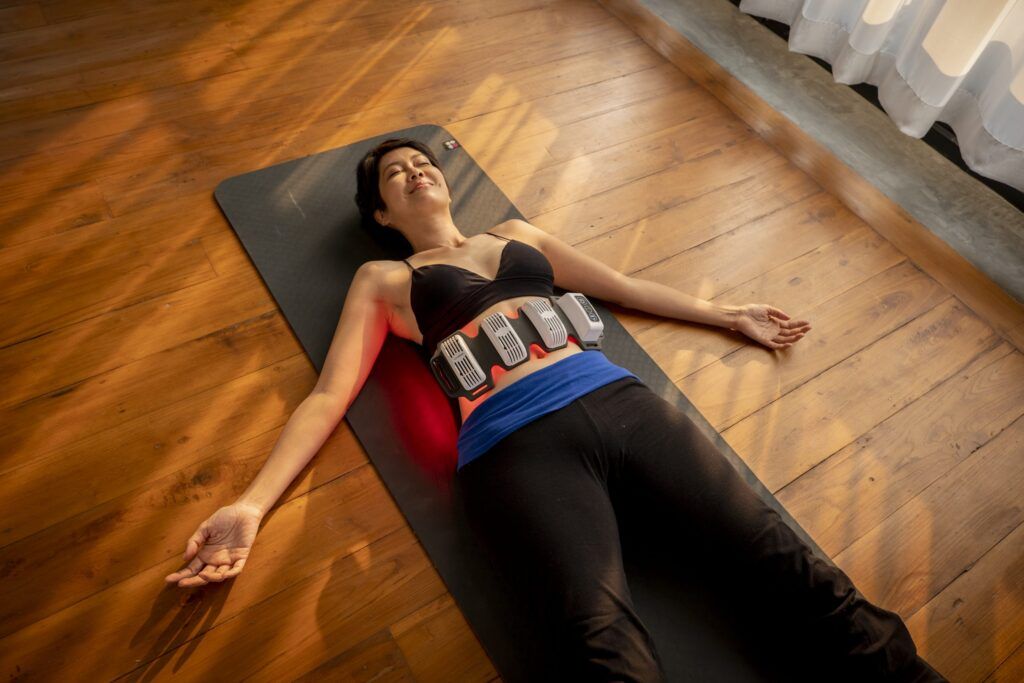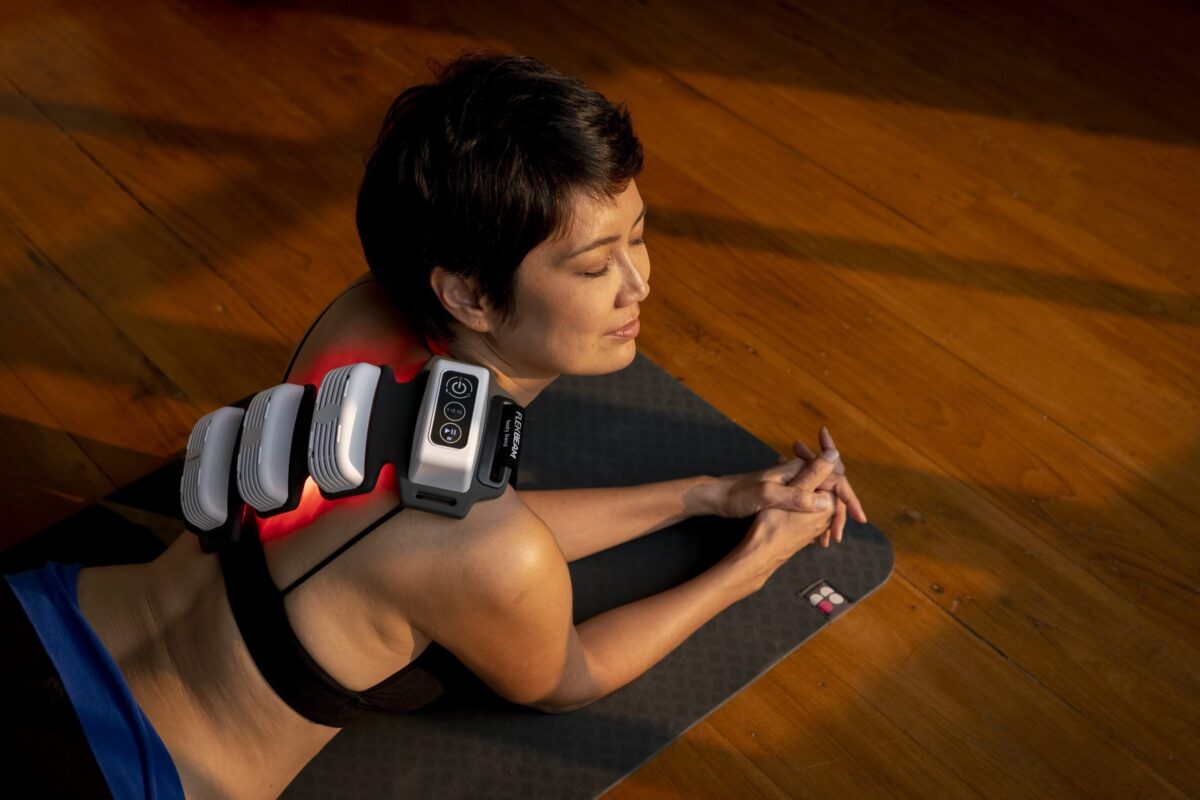Your cart is currently empty!
Why Is Workout Recovery as Important as the Workout Itself?
When thinking about how to boost your exercise results, what inevitably comes to mind first, is to exercise more. Workout recovery doesn’t seem to be the most intuitive method for getting better results.
Most people would think about hitting the gym an extra day in the week or adding an extra 20 minutes to their workout. Another go-to method to boost the results from your exercise is to consider your diet and try to eat better. This could mean anything from adding more greens to your diet to stacking up on supplements to give your body the nutrients it needs.
One thing that rarely comes across as essential to an efficient workout though, is not working out more, but resting more. Those who are focused on workout results can sometimes underestimate the power of a good rest, seeing it as cutting slack and wasting time that could be used to build muscle strength.
They would be very wrong. Resting time is actually the time when your body does all the muscle building. Working out is just the preparation phase for it.
Let’s examine this a bit more thoroughly and look into the mechanism of workouts.
What Happens During a Workout?
It’s not just your muscles that do the hard work when you exercise. Your heart, lymphatic system, hormones, brain, and entire body do their part to endure the workout. For now, let’s focus on your muscles and your heart.
What Happens to Your Muscles During Workout?
When you exercise your muscles, you apply force to them that they have not experienced before and you are disrupting their “status quo.” As a result, your muscles try to respond to the pressure and they tear up a little bit.
When this happens, your muscles signal this to your body and it sends special types of cells – muscle stem cells. They are there to connect the broken fibers and fuse them together. By fusing them together, they make them thicker and stronger – in other words, this makes your muscles grow.
At their core, muscle fibers are protein strands. When they break, some of that protein ends up in your system and needs to be flushed out through your kidneys. To have enough material, you need to have enough protein to form new fibers. You also need good cell proliferation, and you need the time to allow these processes to play out.
In other words, your muscles will grow only if you hit that sweet spot between breaking down the muscle tissue and synthesizing it with the new one quickly and efficiently enough. Even if you choose a workout with fast results, your body will have to go through the same process.
What Happens to Your Heart During a Workout?
When you work out, your body reaches for an energy fuel so it can support the additional nourishment needed by the working muscles. It blazes through the glucose and ATP (adenosine triphosphate) deposits quickly and it signals to the heart to pump more and faster and deliver the necessary oxygen. This oxygen is needed to create more energy.
Your heart then increases its rate, starts pumping more oxygen and the muscles start helping the blood flow by squeezing the veins and other blood vessels, feeding more blood to the heart.
When you are out of shape, it takes a long time to get your heart back to its normal heart after exercise. The fitter you get, the recovery time gets shorter.
What Happens During Post Workout Recovery?
Obviously, a lot of stuff happens during the exercise. In most cases, you are aware of those processes. Your muscles hurt, your heart rate jumps up, you sweat, feel the adrenaline, and much more. Since you are actively aware of these reactions in your bodies, you tend to think that that’s when everything happens.
The resting phase doesn’t seem that eventful. More precisely, the processes occurring during this phase are not as evident. They do happen and they are arguably even more important than what happens during the exercise itself. Here’s what starts to happen once you stop exercising.
Muscles in the Post Workout Recovery Phase
When your body realizes your muscles are under pressure and that the tissue is breaking down, it will try to regulate this process by releasing lactate into your system. The idea behind this is to help with the production of energy, but also to stop your muscles from overworking themselves. This lactate is what causes that post-workout soreness.
So, in the post workout and recovery phase, your muscles are trying to get rid of the serum lactate and at the same time, they are attempting to bond better and stronger fibers. For that, they are “asking for” more protein. During this recovery period, if you don’t give your muscles enough protein and enough rest, you will actually reverse the process of muscle building and turn it into a destructive process.
Your Heart in the Post Workout Recovery Phase
Depending on the type of workout, among other effects, your heart and circulatory system cause your blood pressure to drop due to central or peripheral vasodilation. In other words, your blood vessels relax, dilate, and make more space for the blood, so the pressure drops.
This gives your heart the time it needs to rest. This also means that your blood flow has increased, but with less effort from your heart.
While the direct resting state for your heart is just a couple of minutes, it also has a prolonged recovery period. During this period, it is more vulnerable than it usually is. Forcing it into prolonged periods of this state would not have good effects on your cardiovascular health.
On the contrary. Not allowing your heart to rest means that it will not be able to function properly and that means that you will be risking much more than just faster muscle growth. Rest is crucial for your heart. Just look at the way sleep deprivation can be devastating to its function.
How to Achieve that High-Quality Post-Exercise Rest?
Everybody is eager to get back to running after their fitness goals and resting is not high on their priority list. This is about to change if you want to enjoy a real workout with fast results and avoid health issues that would set you back even further. Here’s what you can do to speed up your recovery:
- Good sleep to restore your energy and balance your hormones
- A massage to get that lymphatic system running and repairing your body
- Hydrate to replenish your electrolytes and heal your muscle fibers
- Get your magnesium to reduce serum lactate in your muscles
- Shock your body with hot and cold showers
- Get your red light therapy

Red and near-infrared therapy will have some amazing effects on your workout recovery. On its own, photobiomodulation helps your body produce adenosine triphosphate (ATP) molecules which act as the main energy fuel for your body. Energizing your body means restoring it and allowing it to thrive.
That’s not all. Besides having this amazing effect on your body, red light therapy also boosts the effects of all those other recovery mechanisms listed above. It helps improve sleep quality, boosts the lymphatic system, improves magnesium absorption, and much more.
You can enjoy red light therapy anytime and anywhere when you have your own portable red light therapy device. Check out why FlexBeam makes a great choice.
